Football
OSU in the NFL for Dummies: Nine Transactions You Need to Know About
Keeping you abreast of all the transactions including former Pokes since Jan. 1.
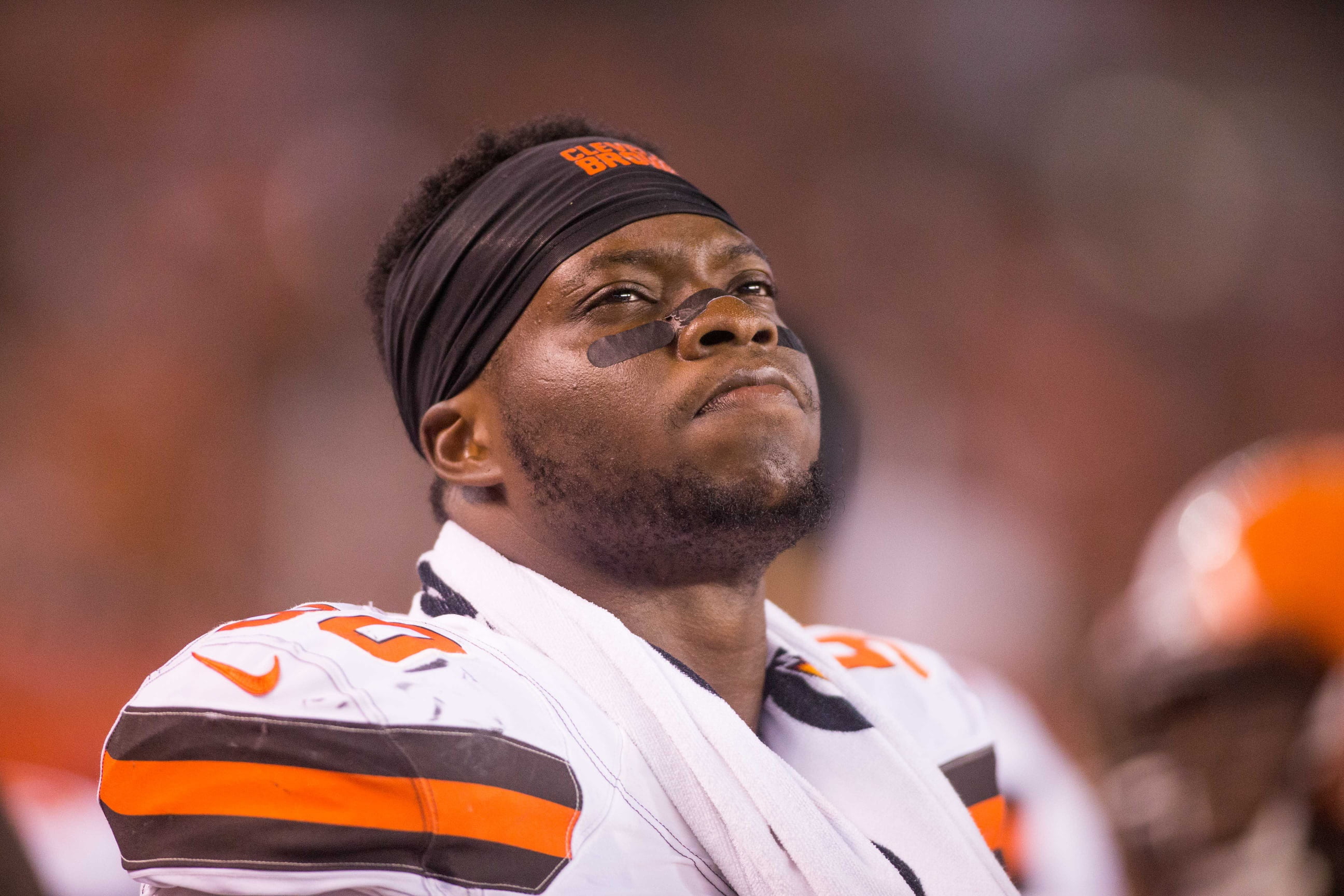
We’ve already laid out the contract details for each of Oklahoma State’s 2019 rookie class. So I thought this would be a fitting time to update you on other Cowboys around the league who have made deals (or otherwise) so far this calendar year.
Again, all contract details come courtesy of Spotrac, and here are a couple quick definitions:
Cap hit — the amount of money each player counts against a team’s salary cap for the current season (not necessarily his total salary)
Dead money — the portion of a player’s salary that still counts against a team’s salary cap after the two have parted ways
Signing bonus — should be self-explanatory
Guaranteed money — LOL
1. Emmanuel Ogbah Traded to Chiefs
The former Oklahoma State record setter was traded by Cleveland to Kansas City on April 1 following his third season. He enters the fourth and final year of his rookie contract and will be an unrestricted free agent following the 2019 season.
2. Dan Bailey Signs with Vikings
On March 19, Dan Bailey signed a one-year, $1 million contract with the Minnesota Vikings, including $250,000 guaranteed, and an average annual salary of $1,000,000. In 2019, Bailey will earn a base salary of $1,000,000, while carrying a cap hit of $1,000,000. Bailey signed a one-year, $1.9 million deal with Minnesota last September after being cut by Dallas.
3. Kevin Peterson Re-Ups with Rams
Peterson began 2018 as part of the Rams’ active roster after being promoted from the practice squad in 2017, but a torn ACL in Week 1 of the preseason landed him on the team’s injured reserve list.
On March 12, Peterson signed a one-year, $570,000 contract with the Rams, including an average annual salary of $570,000. In 2019, Peterson will earn a base salary of $570,000, while carrying a cap hit of $570,000.
4. Lenzy Pipkins Signs Futures Contract with Browns
After a short stint with the Lions last year, Pipkins was quickly picked up by the Browns and then signed to their practice squad on November 20. On January 1 of this year, he signed a reserve/future contract (what is that? see below) with Cleveland for two years and $1,380,000 that included an average annual salary of $690,000. In 2019, Pipkins will earn a base salary of $645,000, while carrying a cap hit of $645,000.
5. Ramon Richards Signs Futures Contract with Rams
On February 9, Ramon Richards signed a two-year, $1,080,000 contract with the Los Angeles Rams, including an average annual salary of $540,000. In 2019, Richards will earn a base salary of $495,000, while carrying a cap hit of $495,000. He was waived and then signed to LA’s practice squad last season.
6. Brad Lundblade Signs Futures Deal with Bengals
On January 1, the former OSU center signed a two-year, $1,080,000 contract with the Cincinnati Bengals, including an average annual salary of $540,000. In 2019, Lundblade will earn a base salary of $495,000, while carrying a cap hit of $495,000. Like Richards, Lundblade was waived last year and signed to Cincinnati’s practice squad following the preseason.
7. Victor Salako Signs Futures Deal with Giants
Victor Salako signed a two-year, $1,080,000 contract with the New York Giants, including an average annual salary of $540,000. In 2019, Salako will earn a base salary of $495,000, while carrying a cap hit of $495,000.
8. Ashton Lampkin Waived by Browns
On January 5, 2019, Lampkin signed a reserve/future deal that $1,080,000 over two years with Cleveland. Unfortunately, the Browns waived him on May 7.
9. Michael Hunter Waived by Giants
The former Cowboy DB signed a reserve/future deal with New York on January 17 but was waived on May 6.
What is a “futures contract?”
Here’s my probably too-long explanation. Reserve/future contracts or “futures contracts” are the same as active contracts except that they don’t actually kick in until the next season (hence the name). It’s an easy way for teams to lock up fringe talent, often practice squad players or players that have been waived, so they can retain their services until OTAs kick off that following summer. Teams also don’t have a limit on how many of these they can have on the books. These guys will be fighting for a spot come OTAs, if they make it that far.

-
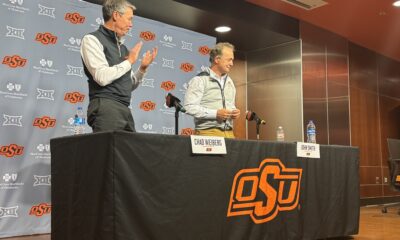
 Wrestling4 days ago
Wrestling4 days agoThe Top 5 Quotes from John Smith’s Retirement News Conference
-
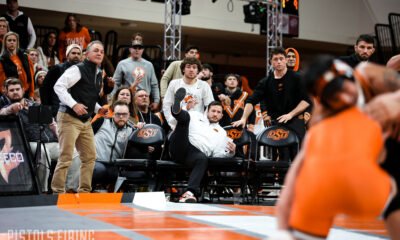
 Wrestling2 days ago
Wrestling2 days agoOSU Wrestling: How John Smith Started a Tradition of Late-Night Workouts For Cowboys Seeking World Glory
-
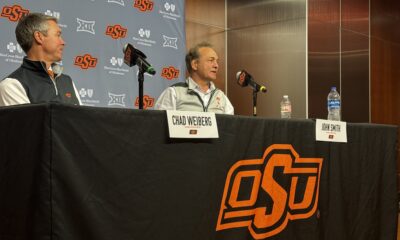
 Wrestling4 days ago
Wrestling4 days agoOSU Wrestling: The Impact John Smith Had on His Final Boss, Chad Weiberg
-
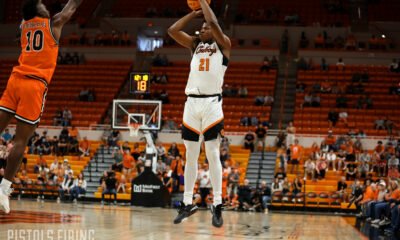
 Hoops4 days ago
Hoops4 days agoJustin McBride Enters Transfer Portal






